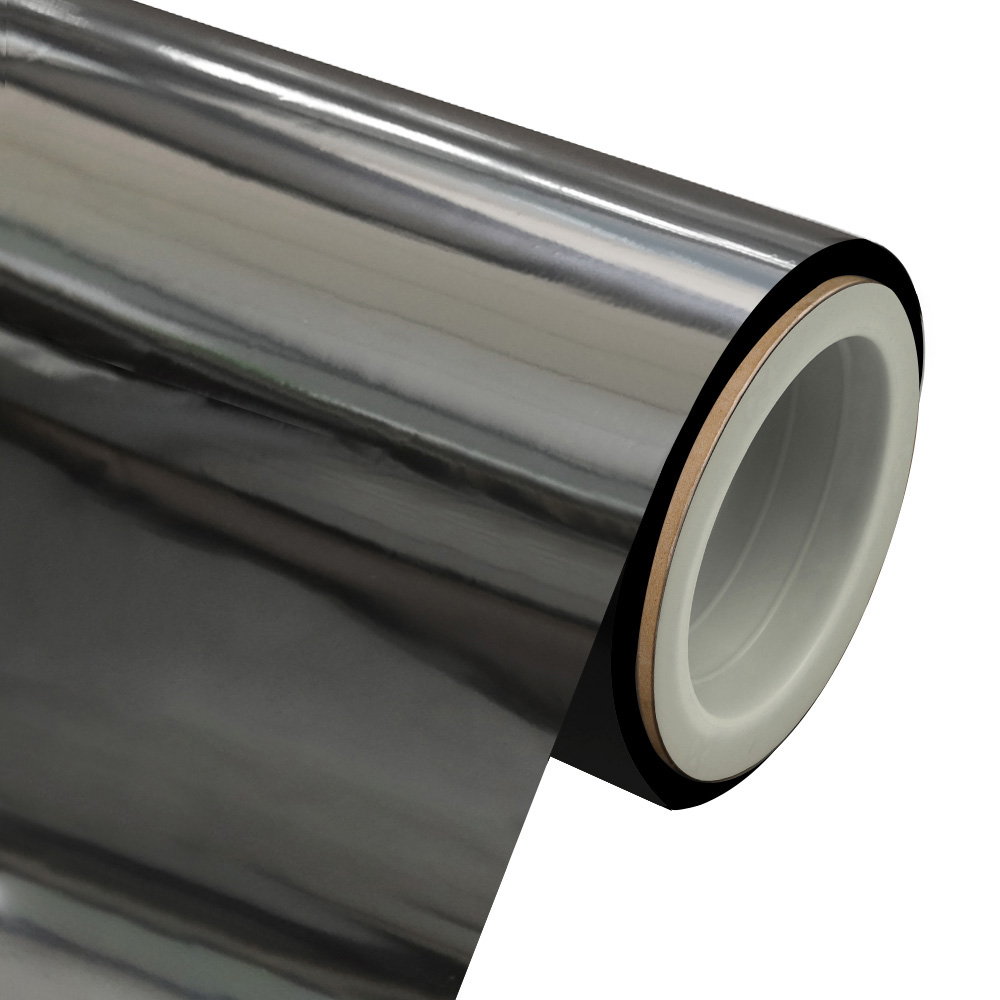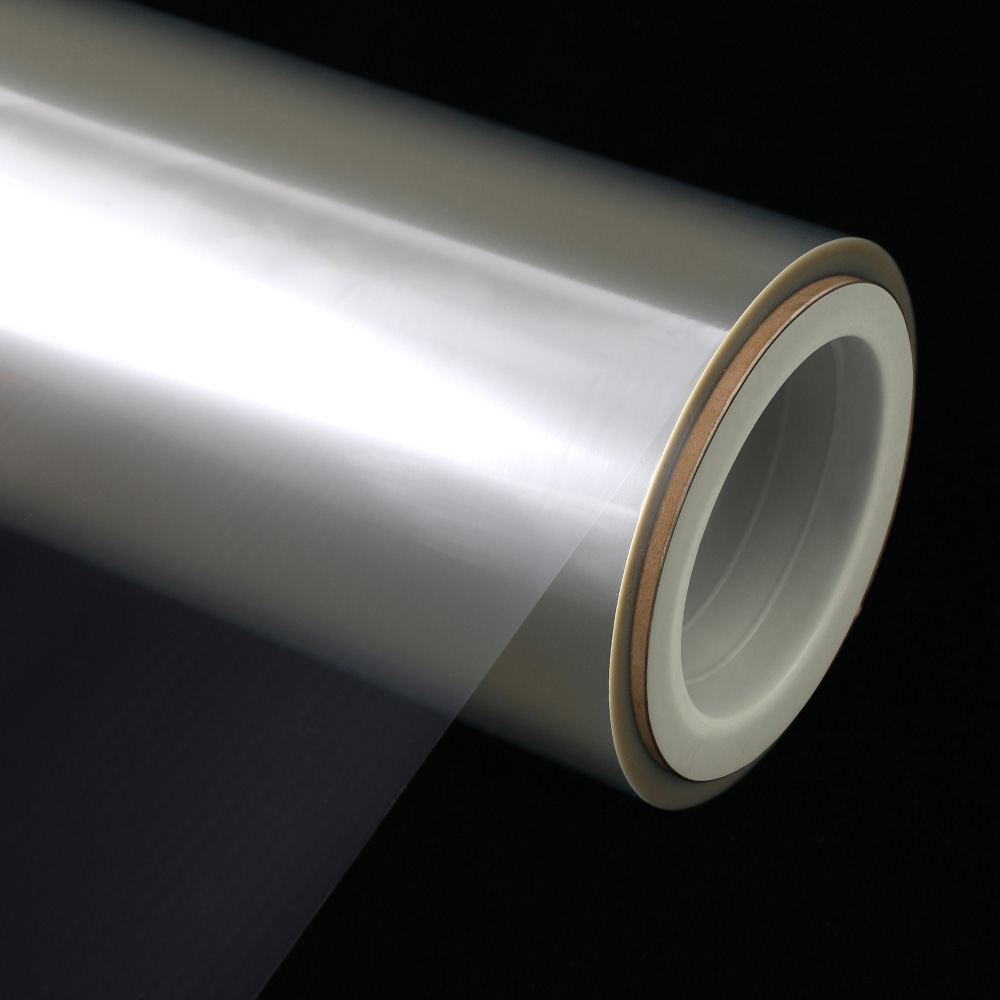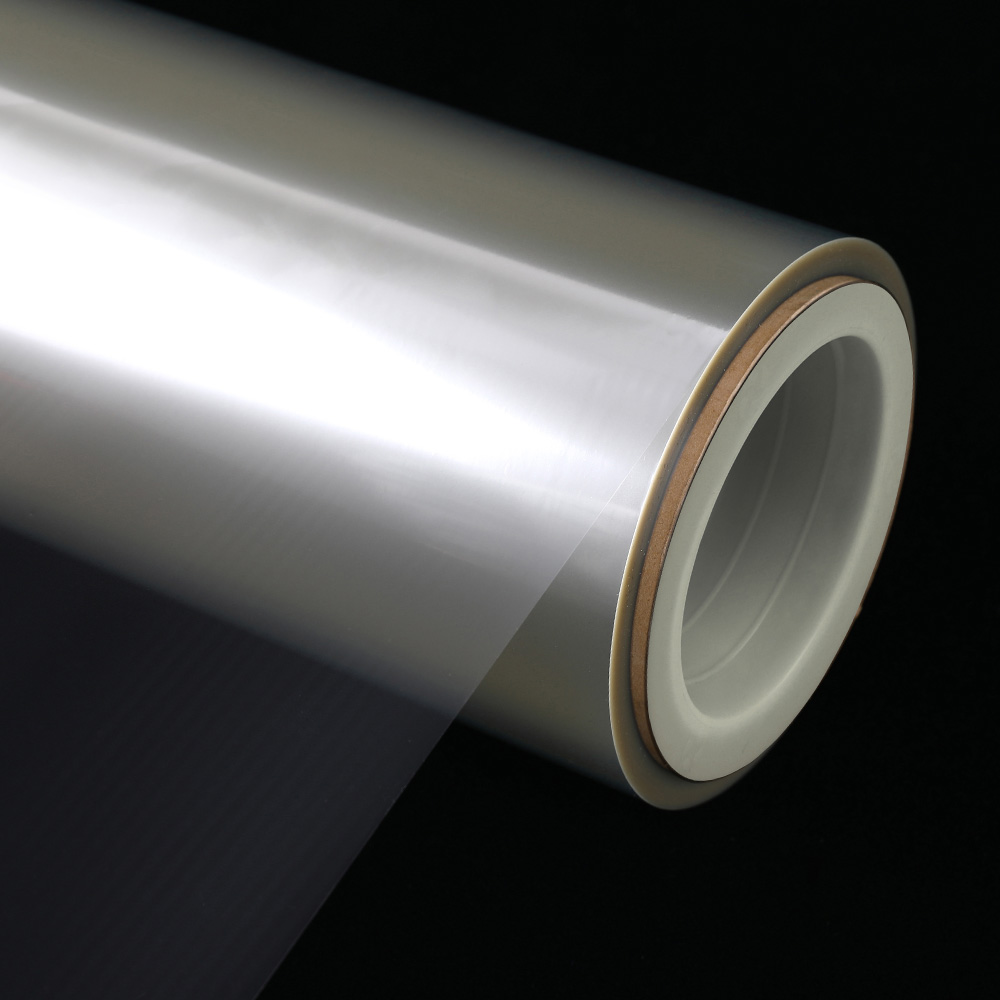How does heat-sealable metallized BOPP film ensure the integrity of packaging sealing?
In the process of innovation of packaging materials, heat-sealable metallized biaxially oriented polypropylene film (Metallized Biaxially Oriented Polypropylene Film with Heat - Sealability, referred to as heat-sealable metallized BOPP film) has become the focus of the packaging industry due to its performance. Among them, heat seal strength plays a pivotal role in ensuring the sealing and integrity of packaging.
Heat-sealable metallized BOPP film consists of a multi-layer structure, each layer performs its own function and works together to achieve its packaging performance. The outermost layer is the metallized layer, which is usually deposited on the surface of the biaxially oriented polypropylene film through processes such as vacuum aluminum plating. This metallized layer gives the film high barrier properties, which can effectively block the penetration of gases such as oxygen and water vapor and small molecules, while bringing a unique metallic luster, enhancing the beauty of the packaging and the attractiveness of the product. After the biaxially oriented polypropylene film in the middle layer is treated by the biaxially oriented process, the molecular chains are arranged in an orderly manner in both the vertical and horizontal directions, giving the film higher mechanical strength, stiffness and transparency. The inner layer directly involved in the heat sealing process is a specially formulated heat sealing layer, which generally uses polypropylene resin with good heat sealing properties, such as binary copolymer polypropylene or metallocene polypropylene. These special resins play a key role in the heat sealing process and are the basis for achieving reliable heat sealing strength.
The formation of heat sealing strength is based on a complex and orderly physical process. When the heat-sealing metallized BOPP film is heated in the heat sealing equipment, the molecular segments of the polypropylene resin in the heat sealing layer begin to become active. As the temperature rises, the activity of the molecular segments increases, the van der Waals force between molecules weakens, and the flexibility of the molecular chains increases. Under the action of the heat sealing pressure, the heat sealing layers of the film contact each other and the molecular segments begin to diffuse with each other. Due to the similar molecular structure of the heat sealing layer materials, this diffusion process can proceed smoothly. As time goes by, the mutual diffusion and entanglement of the molecular segments continue to deepen, forming a tightly interwoven molecular network structure in the heat sealing area. When the heat sealing process ends and the film cools down, the molecular segments gradually return to a relatively stable state, and the intermolecular forces in the heat sealing area are fixed, thus forming a sealed connection with a certain strength. This sealed connection can not only effectively prevent the leakage of gas and liquid in the package, but also withstand a certain degree of external force to ensure the integrity of the package during storage, transportation and sales.
In packaging application scenarios, the heat seal strength plays a particularly significant role in ensuring the sealing and integrity of the package. Taking food packaging as an example, when heat-sealed metallized BOPP film is used to package snack foods such as potato chips, reliable heat seal strength can effectively isolate the outside air and water vapor. Potato chips are extremely sensitive to oxygen and humidity. Once the packaging is not well sealed, oxygen will cause the potato chips to oxidize and deteriorate, producing a rancid smell, while water vapor will make the potato chips soft and lose their crisp taste. With its good heat seal strength, the heat-sealed metallized BOPP film seals the potato chips in the package, creating a relatively stable microenvironment, greatly extending the shelf life of the potato chips and ensuring that the potato chips purchased by consumers always remain fresh and delicious.
In the field of pharmaceutical packaging, heat seal strength is a key factor in the quality and safety of drugs. Drugs usually need to be stored under specific environmental conditions to ensure their efficacy and stability. The heat-sealing strength of heat-sealing metallized BOPP film can effectively prevent drugs from contacting with oxygen, moisture, microorganisms, etc. in the external environment, and avoid deterioration reactions such as oxidation, hydrolysis, and mildew. Especially for some drugs that are extremely sensitive to environmental factors, such as antibiotics and biological products, the reliable sealing performance provided by heat-sealing metallized BOPP film provides a solid guarantee for the quality and safety of drugs during storage and transportation.
Cosmetic packaging is also inseparable from the heat-sealing strength support of heat-sealing metallized BOPP film. Cosmetics such as lotions and creams contain a variety of active ingredients and are easily affected by the external environment and deteriorate. When heat-sealing metallized BOPP film is used to package cosmetics, the sealing structure formed by heat sealing can prevent cosmetics from leaking, while effectively blocking the invasion of external air and pollutants, maintaining the texture and efficacy of cosmetics, extending the service life of the product, and providing consumers with a good user experience.
Through its unique structural design and molecular behavior during the heat-sealing process, heat-sealing metallized BOPP film forms a reliable heat-sealing strength, which provides a strong guarantee for the sealing and integrity of the packaging. With the continuous development of packaging technology and the increasing market requirements for packaging performance, heat-sealable metallized BOPP film still has great potential in optimizing heat-seal performance. In the future, through innovations in material science and improvements in process technology, heat-sealable metallized BOPP film is expected to play its advantages in more fields and contribute more innovative solutions to the sustainable development of the packaging industry.


 English
English  中文简体
中文简体 





